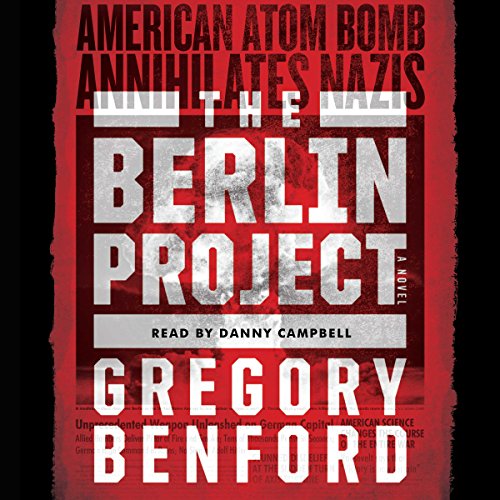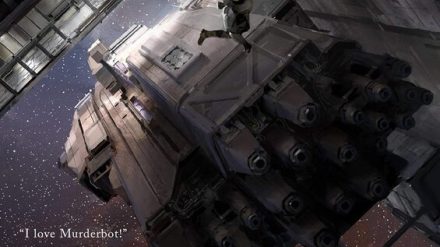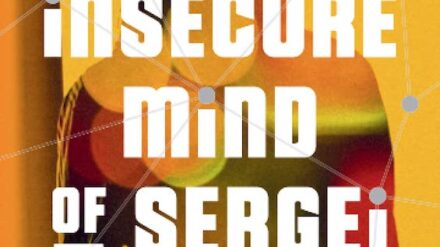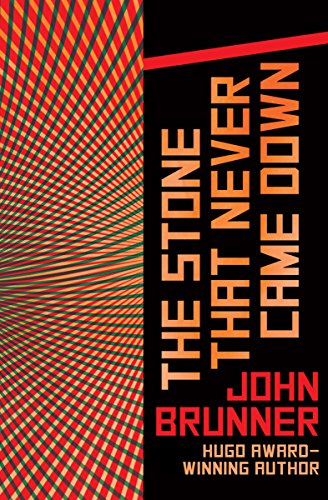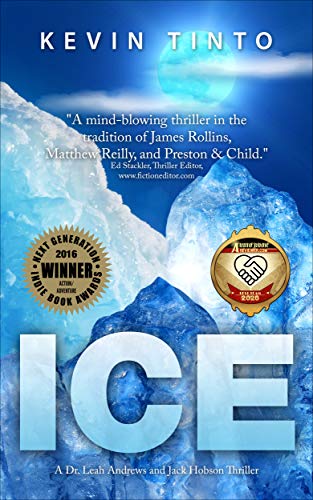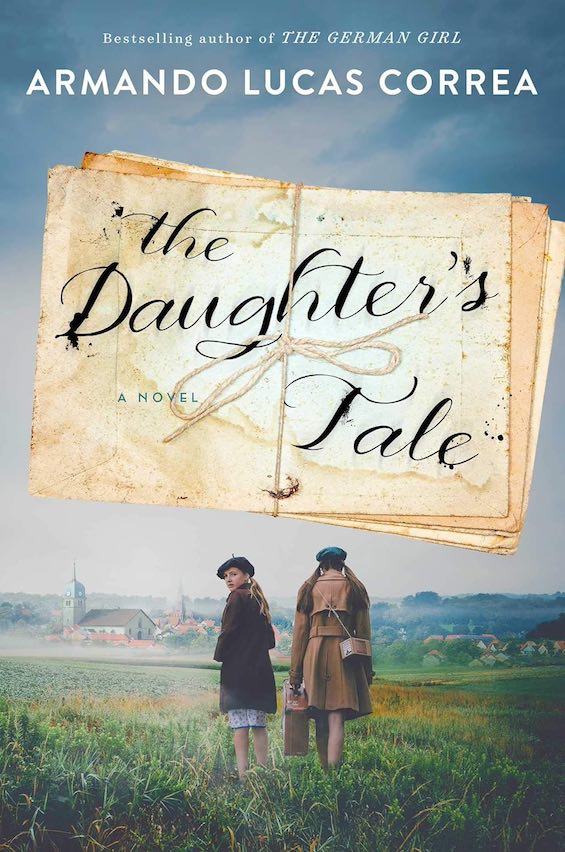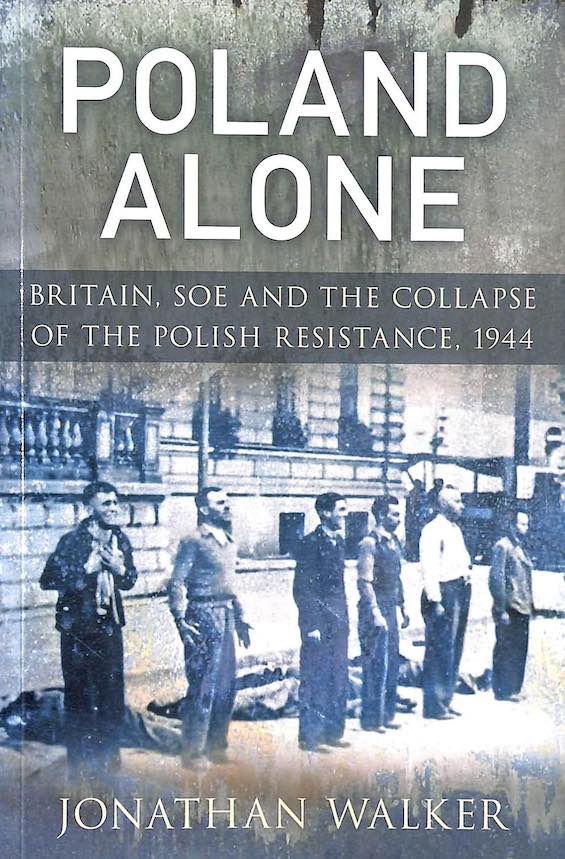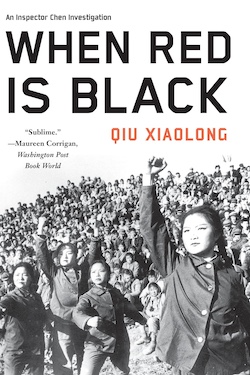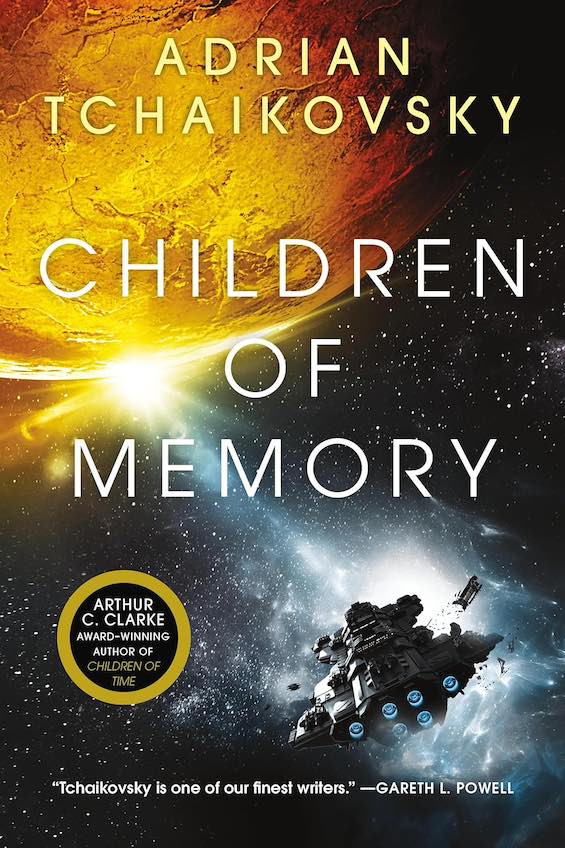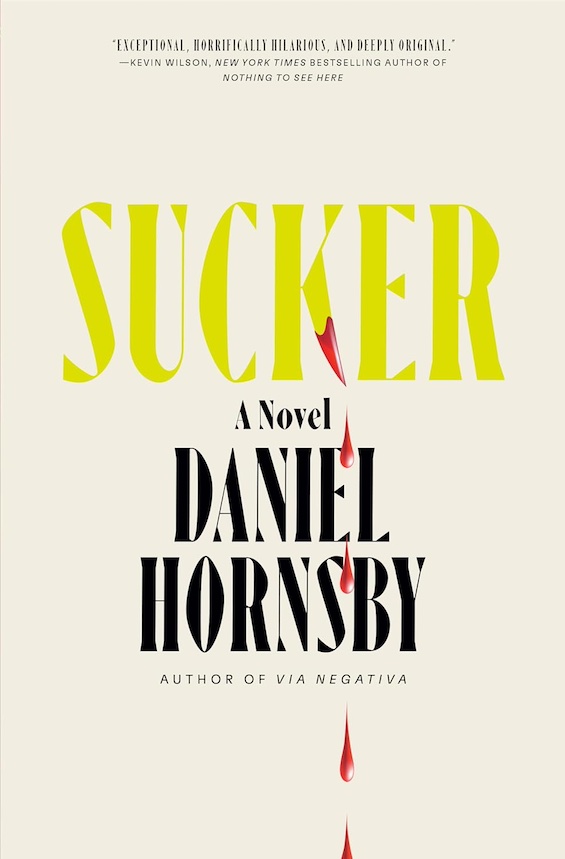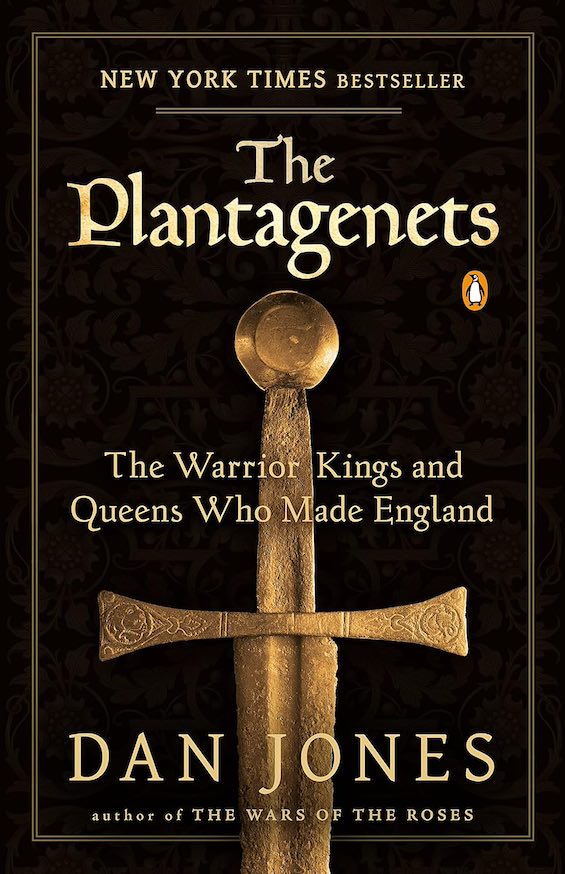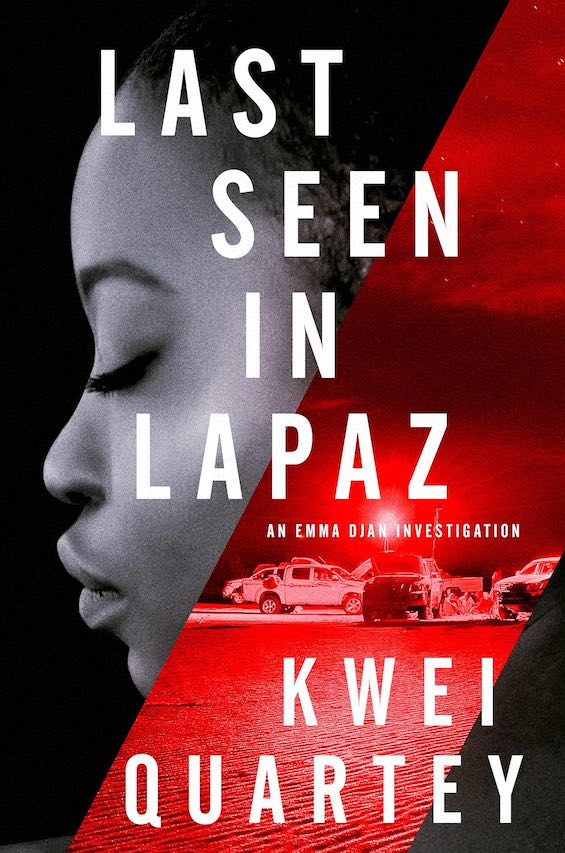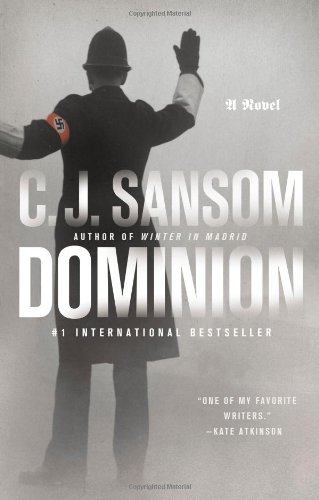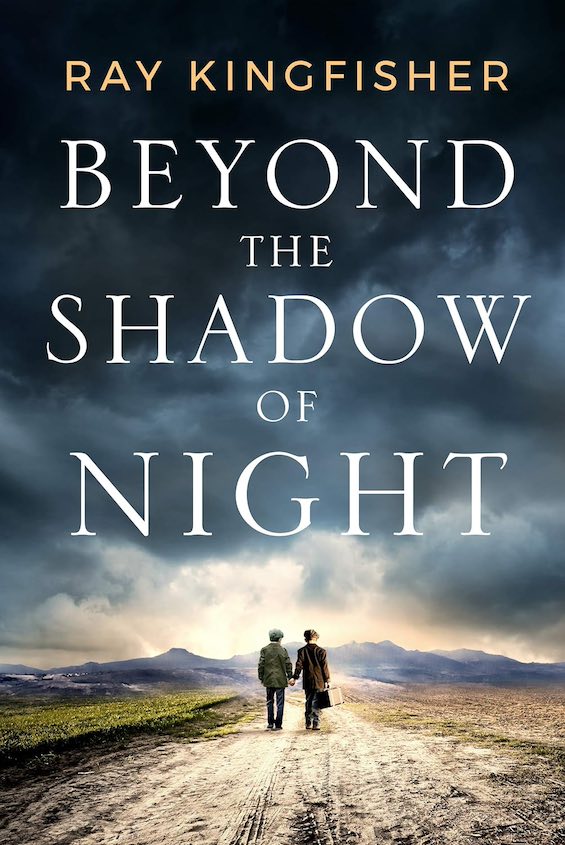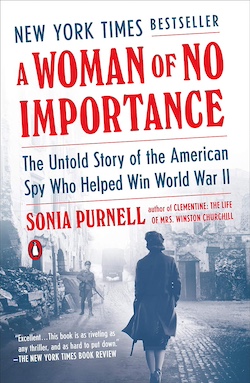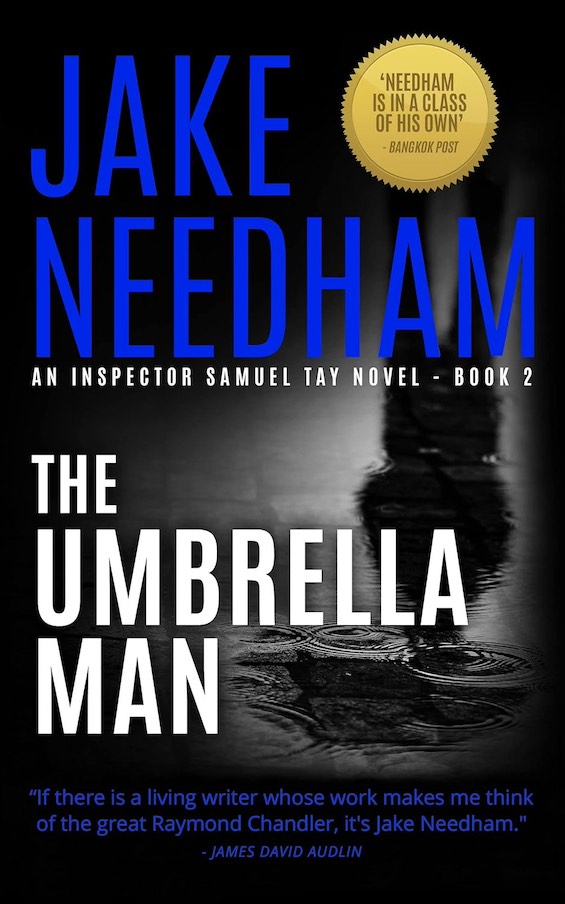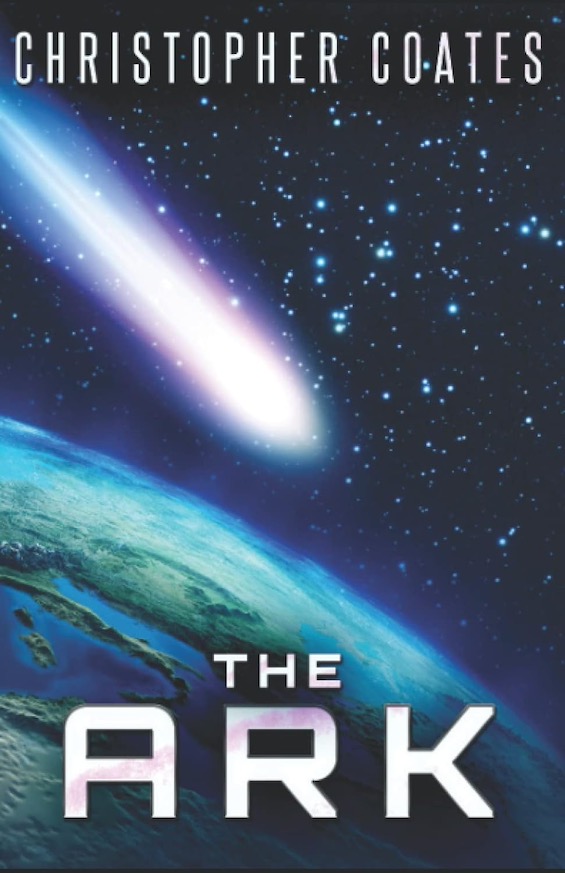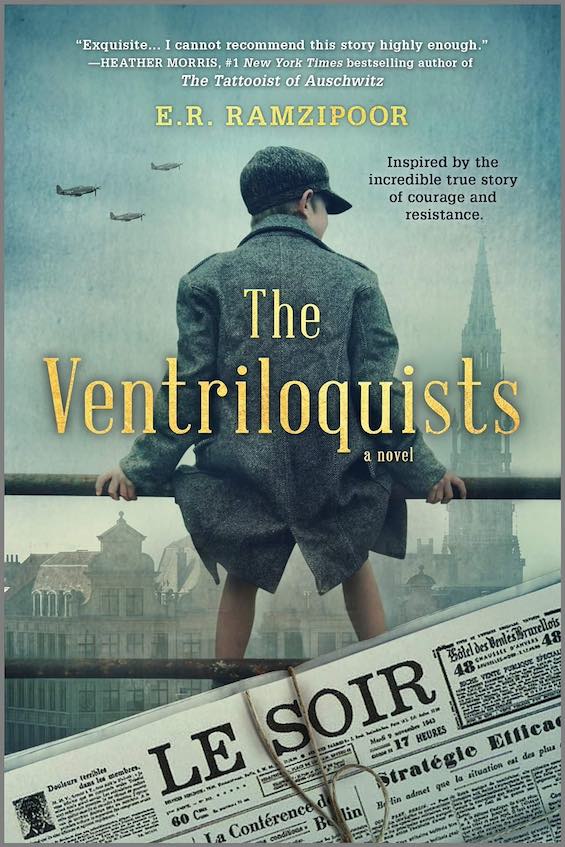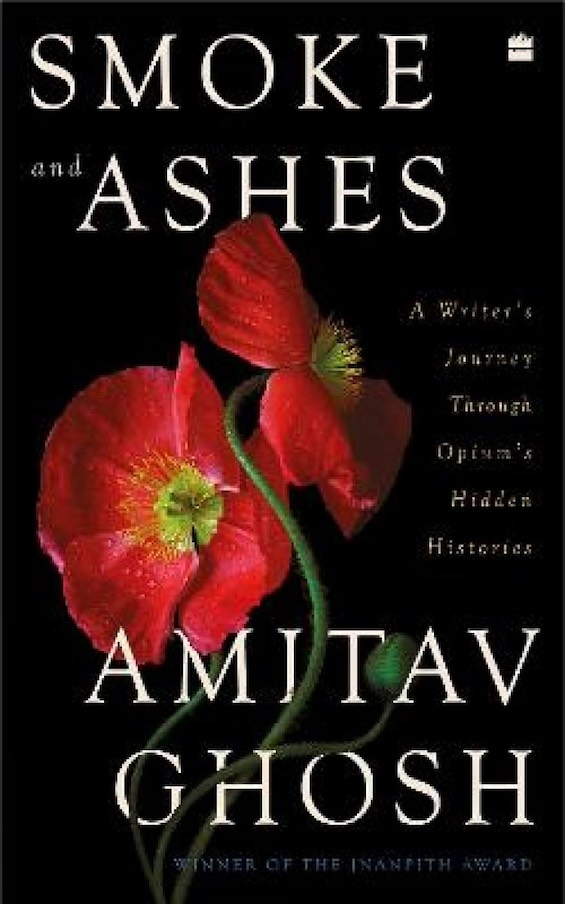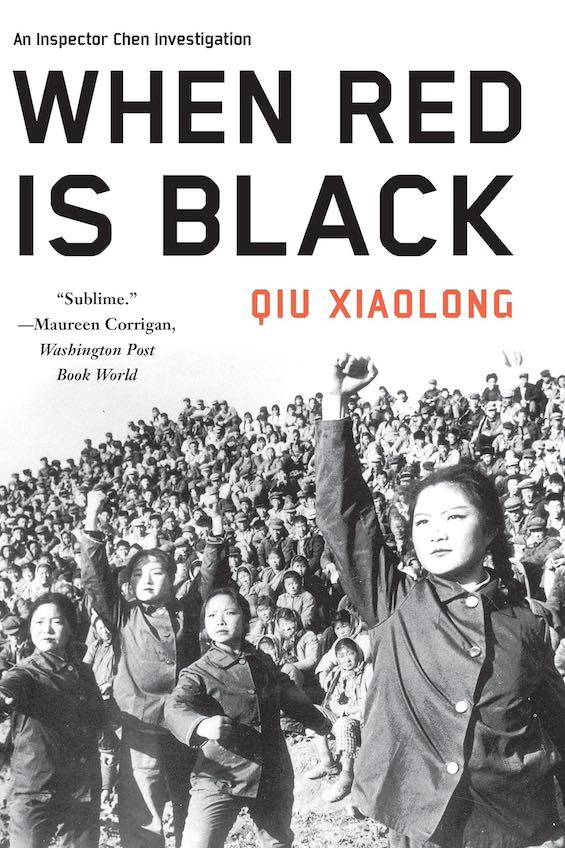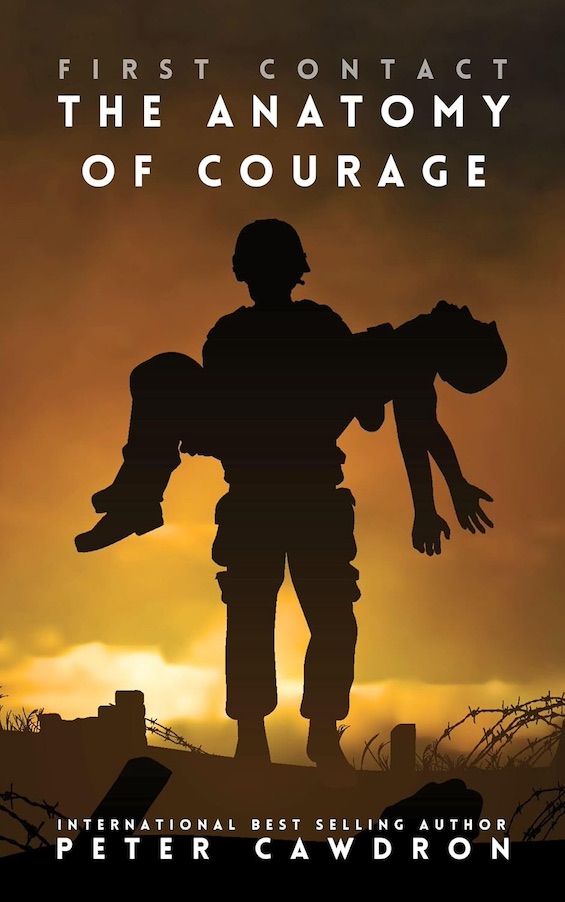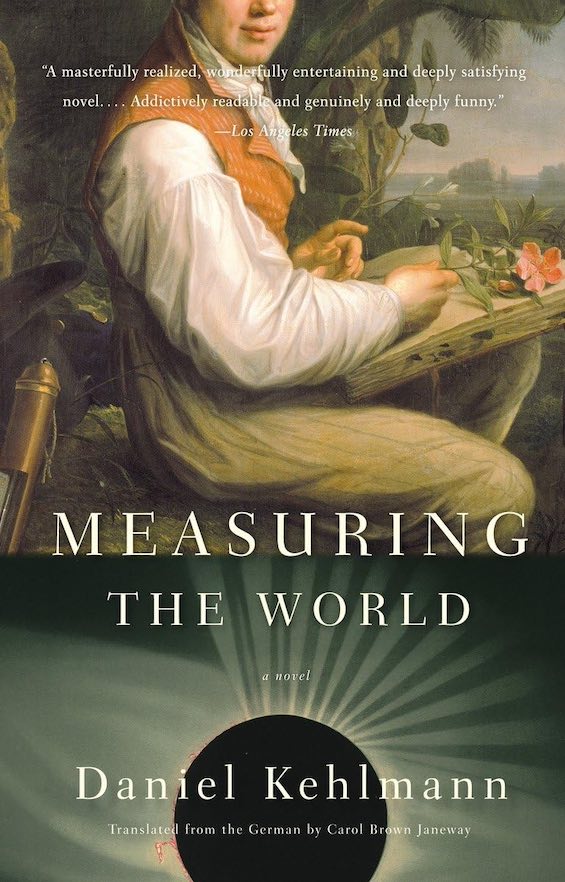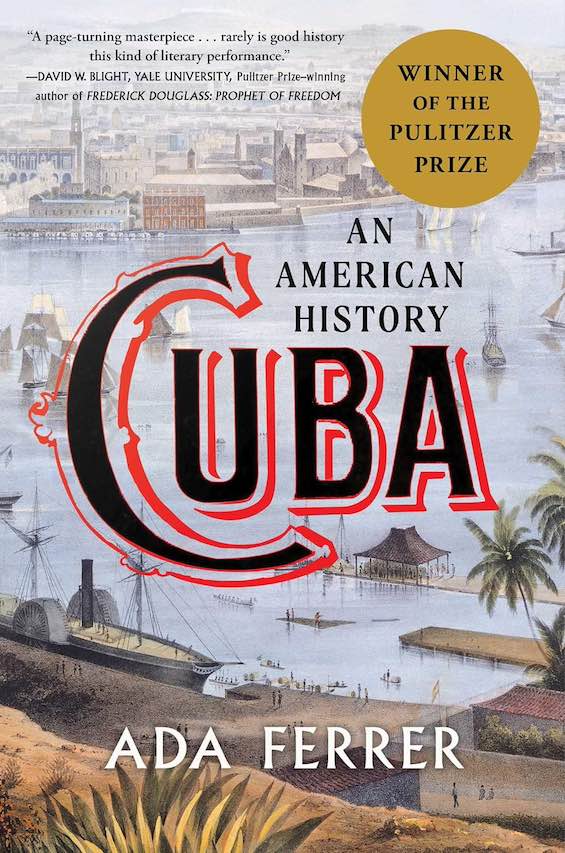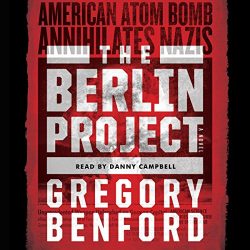
Three-quarters of a century after the conclusion of World War II, debate still rages about the nuclear weapons program that was one of the war’s most shocking aspects. Continuing controversy about the bomb’s first use, of course. Still unresolved questions about the extensive Soviet espionage that delivered the secrets of the American Manhattan Project and British Tube Alloys program to the USSR. But also, it turns out, ongoing disagreements among scientists who grasp the technical issues pivotal in the bomb’s development. And those disagreements are the basis for the dramatic alternate history of the Manhattan Project, The Berlin Project, by Gregory Benford, who is both a physicist and a popular author of hard science fiction.
The Berlin Project by Gregory Benford (2017), audiobook narrated by Danny Campbell, 481 pages @@@@@ (5 out of 5)
The scientific dispute at the heart of the Manhattan Project
Nobel Prize-winning research in the 1930s, mostly in Germany, suggested that building an “atomic bomb”—an inaccurate term for a nuclear weapon—was possible. Once American and refugee physicists in the United States set out on a course to build such a weapon, they quickly concluded that several alternative means existed to separate the much more potent U-235 needed to permit a nuclear chain reaction from its abundant relative, U-238. The leading contenders to enrich uranium were gaseous diffusion and centrifugal isotope separation. Manhattan Project scientists opted to pursue gaseous diffusion over gas centrifuges as the primary method.
In history, scientists settled on gaseous diffusion, not gas centrifuges
That decision led to the construction of the 1.6 million-square-foot gaseous diffusion plant at Oak Ridge, Tennessee. Its initial output of U-235 found its way into the first nuclear bomb, dubbed “Little Boy,” which was dropped on Hiroshima. (Another huge plant, at Hanford, Washington was the site for producing the plutonium that fueled the nuclear bomb dropped on Nagasaki, “Fat Man.”)
Some scientists believe gas centrifuges would have worked faster
However, post-war research confirmed the assertions of a minority of the scientists involved that using centrifuges to separate the isotopes was far more efficient than gaseous diffusion. And that efficiency might have permitted the research to move to a conclusion much sooner than the summer of 1945. In this alternate history of the Manhattan Project, the physical chemists and a handful of physicists who back the use of gas centrifuges obtain private investment to jump-start the work. Accepting their advice, the director of the Manhattan Project, then-Brigadier General Leslie Groves, builds a plant housing tens of thousands of centrifuges . . . at Oak Ridge. As a result, the scientists succeed in producing the first bomb more than a year before Trinity, when the first nuclear bomb exploded in the New Mexico desert on July 16, 1945.
The story in a nutshell
The Berlin Project opens in 1938. A young physical chemist named Karl Cohen is the protagonist of this tale. Soon after returning to the United States with his French bride, he is hired as assistant to Nobel Prize-winning chemist Harold Urey. He becomes deeply involved in the early stages of the Manhattan Project. In the process, Karl works closely not just with Urey but with Enrico Fermi, Leo Szilard, and other Nobel Prize-winners. He plays a pivotal role in securing private funds to advance the research into the use of gas centrifuges. And soon, he helps convince Leslie Groves, the US Army Brigadier General named to head the Project, to favor centrifugal over gaseous diffusion.
As the research proceeds at a blistering pace, ultimately engaging a workforce of more than 100,000, Karl becomes engaged in discussions about how and where to use the first bomb the scientists create . . . in 1944. And, working closely with the famous OSS agent, Moe Berg, he is on site in Europe as the final stages of the war unfold.
A cast of characters out of the annals of physics
The cast of characters listed at the beginning of The Berlin Project is four pages long—and all but a handful of the thirty-five names on the list were (or are) real people. Among them are eleven Nobel Prize winners, two in chemistry and nine in physics, all of them key figures in the Manhattan Project. They include (in order of appearance):
- Karl Cohen (1913-2012), American physical chemist and nuclear engineer; key figure in the Manhattan Project
- Harold Urey (1893-1981), American chemist, winner of the 1934 Nobel Prize in Chemistry; key figure in the Manhattan Project
- Enrico Fermi (1901-54), Italian physicist, winner of the 1938 Nobel Prize in Physics; key figure in the Manhattan Project
- Leo Szilard (1898-1964), Hungarian-American physicist; key figure in the Manhattan Project
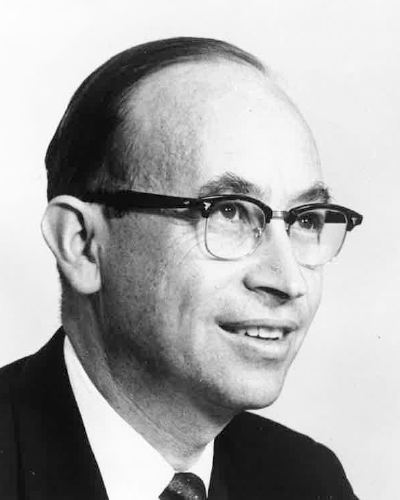
Among the other principal characters are:
- Brigadier (later Major General) Leslie Groves (1896-1970), builder of the Pentagon and director of the Manhattan Project
- Moe Berg (1902-72), American Major League Baseball catcher, “the brainiest guy in baseball“; as an OSS officer, Berg was in fact sent to Europe to assess the German nuclear research program
- Werner Heisenberg (1901-76), German physicist, winner of the 1932 Nobel Prize in Physics; principal scientist in the German nuclear weapons program during World War II
- Admiral Wilhelm Canaris (1887-1945), chief of the Abwehr (German military intelligence)
Assessing the history as the author sees it
In this alternate history of the Manhattan Project, Benford reports on the nuclear research that became incorporated into the Manhattan Project with all the fidelity you might expect from the accomplished physicist he is. And he hews closely to the historical record in his portrayal of the Nobel Prize-winning scientists at the heart of this tale. Moe Berg, too—surely, one of the most fascinating characters of World War II—is pictured just as post-war accounts have revealed.
However, The Berlin Project is an alternate history of the Manhattan Project. And Benford departs further and further from the record as the story proceeds. His account of how the war in Europe comes to an end in 1944 is plausible if far-fetched. But the succeeding events he portrays just don’t ring true. The farther he ventures away from the scientific precincts that are his bailiwick, the shakier his story becomes. I won’t spoil the story by explaining how. But I know the history of that period fairly well, and what Benford writes in the book’s final chapters doesn’t compute.
About the author
I’ve known Greg Benford as a science fiction author (and, yes, I did meet and speak with him a long, long time ago during my years as a would-be science fiction writer). He is the author of more than three dozen SF books. I was also aware of his long and distinguished career in physics, during which he authored over 200 scientific publications. At this writing, Benford is Professor Emeritus at the Department of Physics and Astronomy at the University of California, Irvine.
What I did not know was Benford’s extensive knowledge of the Manhattan Project, as demonstrated in The Berlin Project. And that knowledge is largely first-hand, as you’ll learn in the Afterword appended to this deeply thought-provoking alternate history. With one exception (a composite character), every one of the principal figures in this novel existed in reality—and Greg knows (or did know) all of them personally.
When reading The Berlin Project, I thought that surely the protagonist, Karl Cohen, was fictional. Not only was he indeed the character Greg portrays . . . but he was Greg’s father-in-law. In a sense, this is history from what historians call primary sources: eyewitness accounts from some of the principal actors themselves. How rare it is that alternate history is so solidly grounded in fact!
For further reading
I’ve also reviewed Gregory Benford’s Nebula Award-winning novel, Timescape (An ingenious twist on time travel).
Check out 10 best alternate history novels reviewed here.
You might also be interested in:
- 5 top nonfiction books about World War II (plus many runners-up)
- The 10 best novels about World War II (with 30+ runners-up)
- The 10 most consequential events of World War II
For more good reading, check out:
- The ultimate guide to the all-time best science fiction novels;
- Great sci-fi novels reviewed: my top 10 (plus 100 runners-up);
- Six new science fiction authors worth reading; and
- The top 10 dystopian novels reviewed here (plus dozens of others).
And you can always find my most popular reviews, and the most recent ones, plus a guide to this whole site, on the Home Page.

